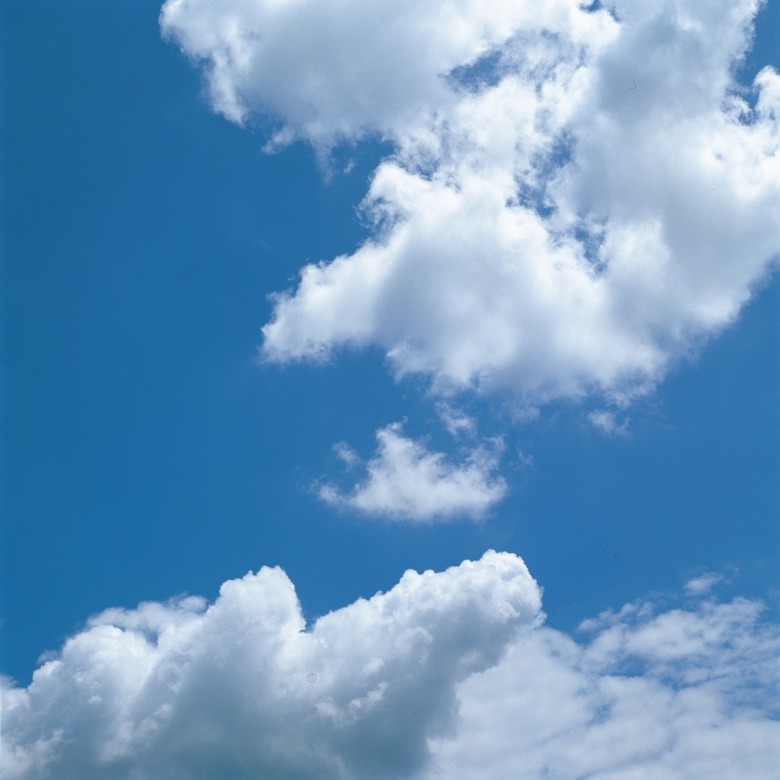Why Is Condensation Important?
Water can exist in multiple forms: liquid, gas and solid. Condensation is the process of water changing from gas into liquid form. This process often occurs in the atmosphere when warm air rises, cools and condenses to form cloud droplets. Various upward motions, including unstable air convection and circulating air, push the water vapor up to form clouds. This air becomes less dense and rises, pushing the condensing water vapor upward. Sometimes, different masses of air at varying temperatures meet, and the cold air pushes the hot air up. This upward motion pushes the clouds higher.
Water Availability
Water Availability
Water molecules attract each other. However, when they heat sufficiently, they start to move around more rapidly and lose some of their mass. This causes them to rise. When the gas cools, the water molecules attract each other and become denser. This causes them to fall as rain. If molecules did not condense, they would simply float away and wouldn't be available to plants and animals.
Agriculture
Agriculture
Condensation allows water to fall to the ground in the form of precipitation. This spreads water out more widely, allowing plants and animals access to more water. Farmers rely on the condensation to water their crops so they can depend less on irrigation. Very dry seasons can lead to food shortages, because crops take longer to mature. People must keep plants sufficiently hydrated so they produce food. Plants use water to extract nutrients from minerals in the soil, as some minerals dissolve in water.
Human Needs
Human Needs
Without condensation, water remains in gaseous form. Gaseous water is not suitable for consumption by animals. Water is essential to all living things. People need it to drink and cook with. Humans can go a month without eating, but die after three to five days without water, because the human body uses it for breathing, temperature regulation, food digestion and joint lubrication. Water also serves as a major cleansing agent.
Water Usability
Water Usability
Fresh water is scarce in various places throughout the world. In deserts, gaseous water turns into dew, which serves as a source of water where it is normally scarce. While the majority of the earth is covered with water, most of it is in the oceans and is not usable. Only about one percent of water is fresh and available for use.
Cite This Article
MLA
Robert, Chuck. "Why Is Condensation Important?" sciencing.com, https://www.sciencing.com/condensation-important-10016936/. 24 April 2017.
APA
Robert, Chuck. (2017, April 24). Why Is Condensation Important?. sciencing.com. Retrieved from https://www.sciencing.com/condensation-important-10016936/
Chicago
Robert, Chuck. Why Is Condensation Important? last modified March 24, 2022. https://www.sciencing.com/condensation-important-10016936/
